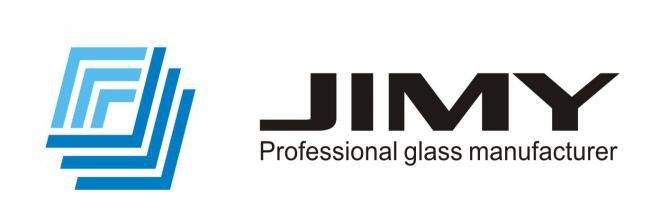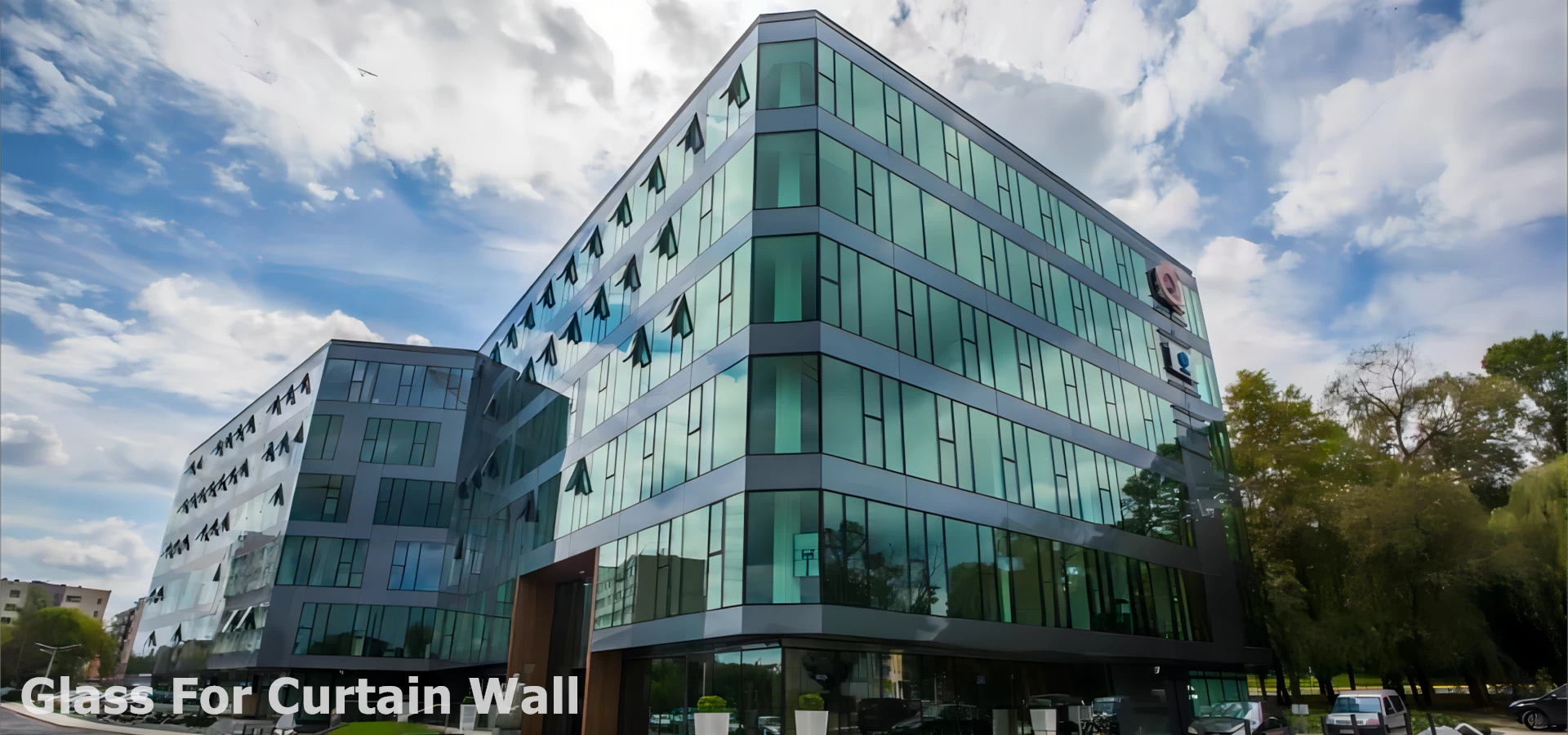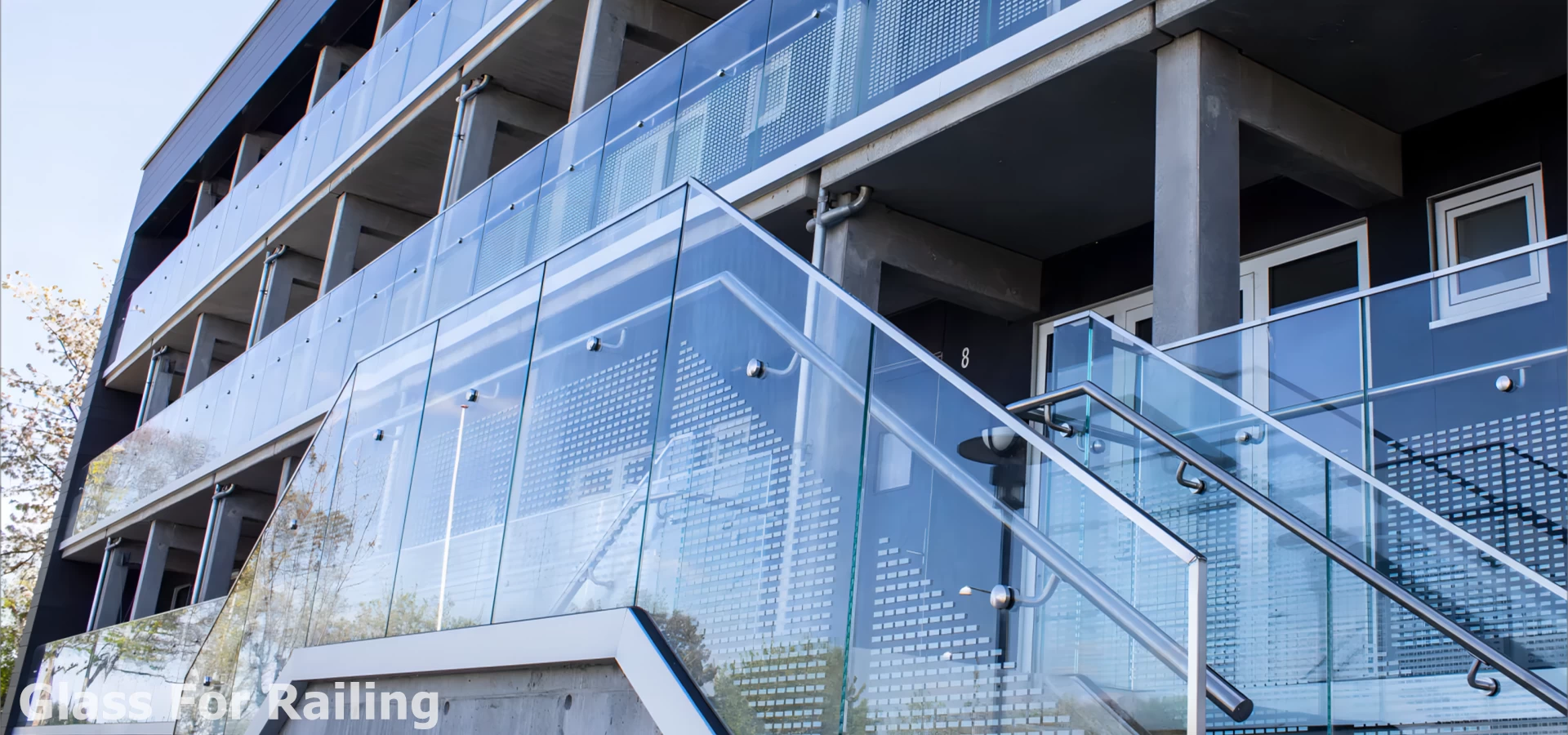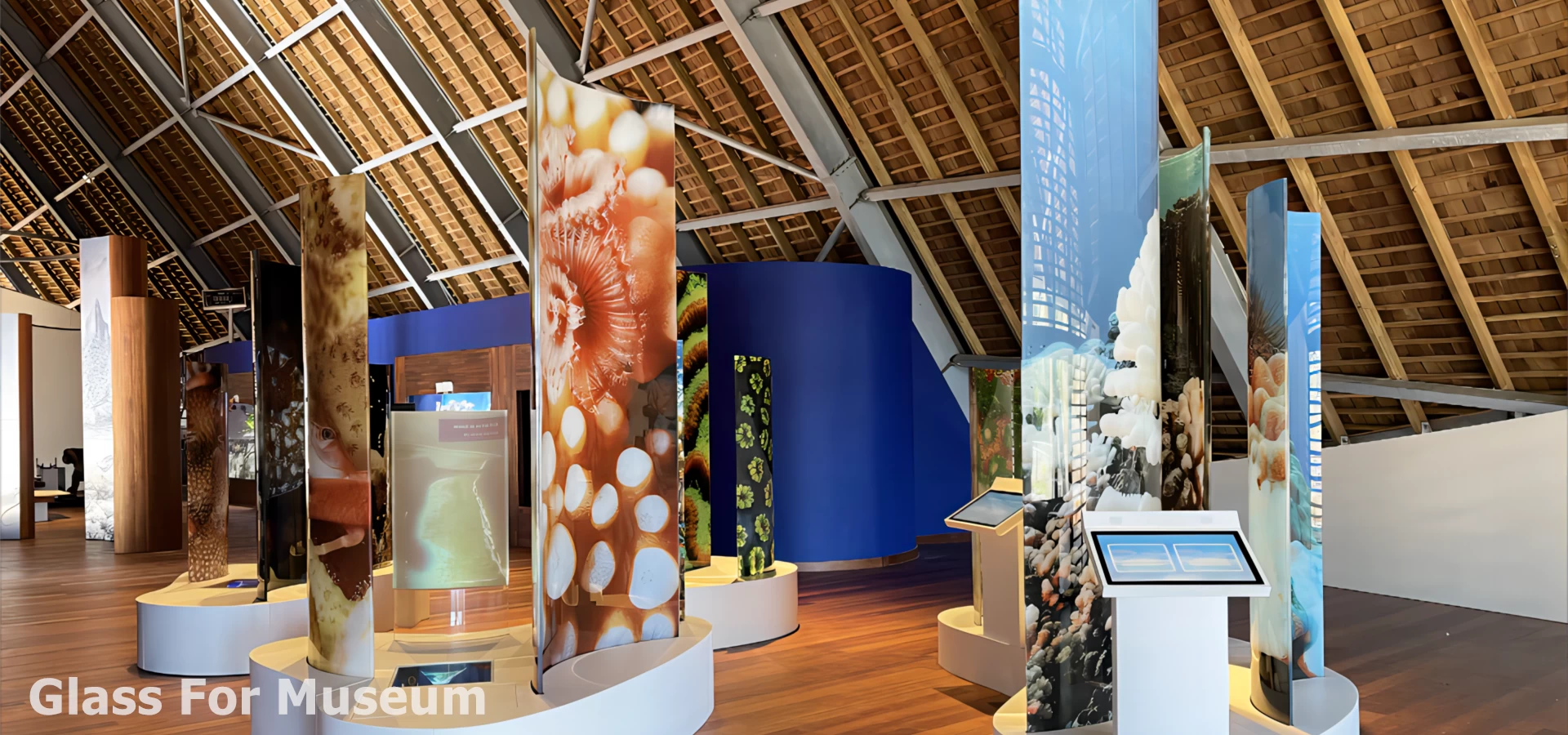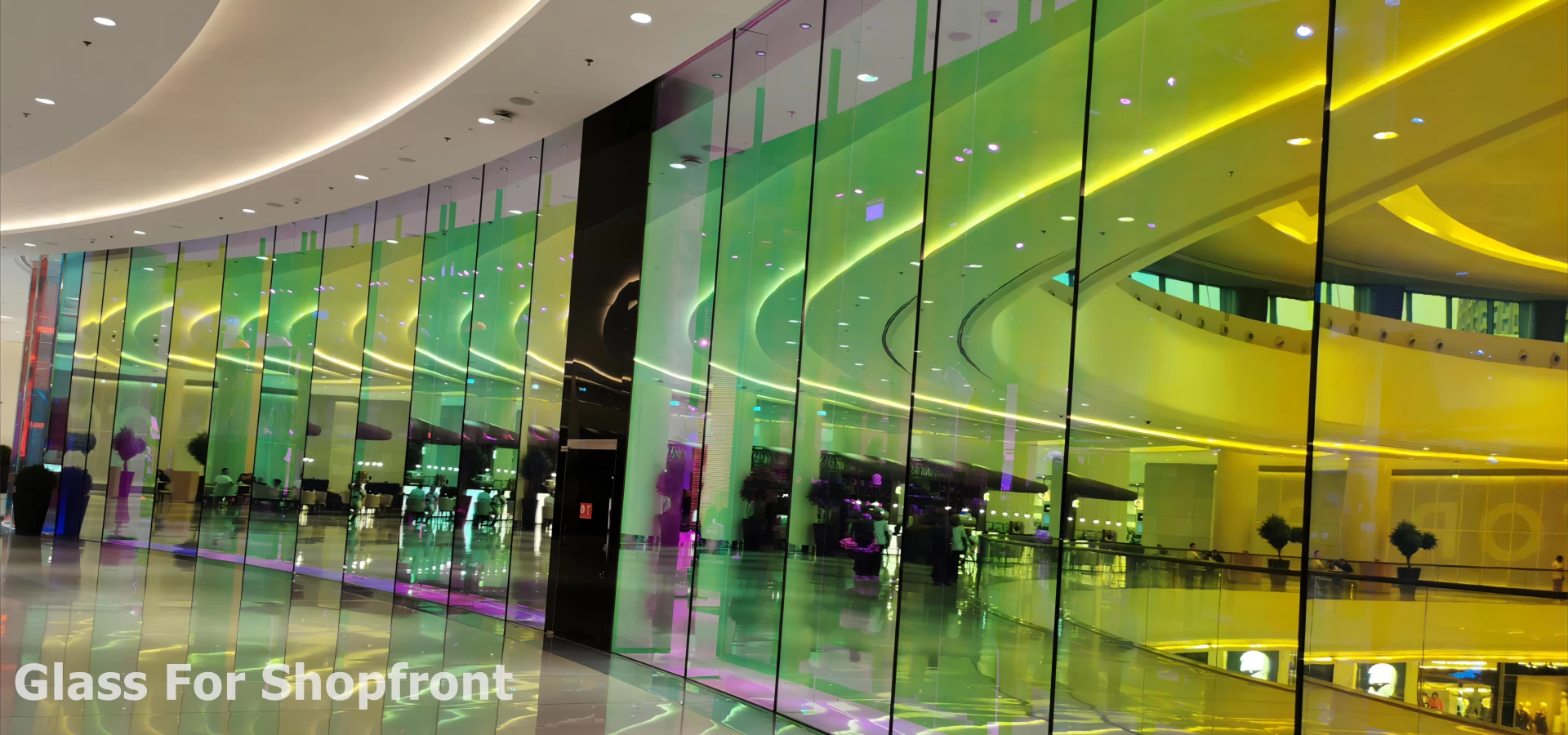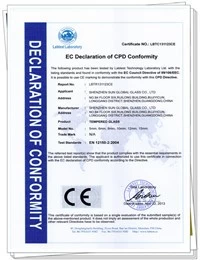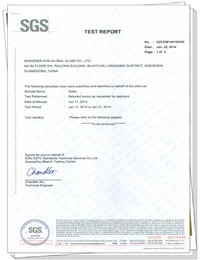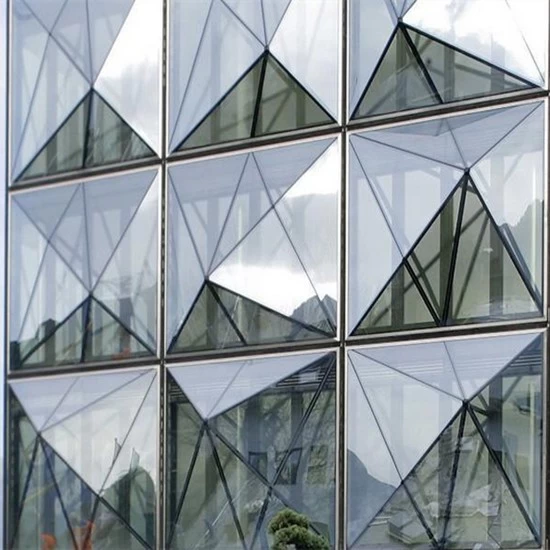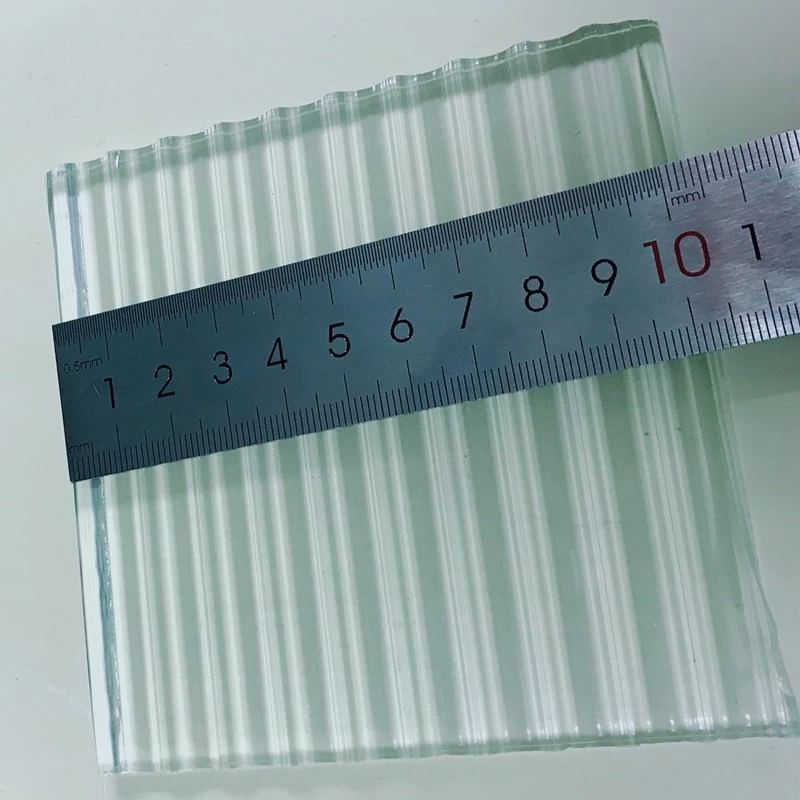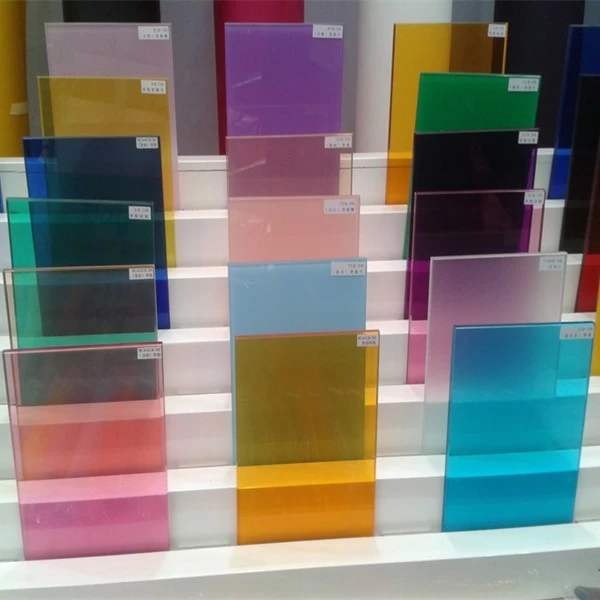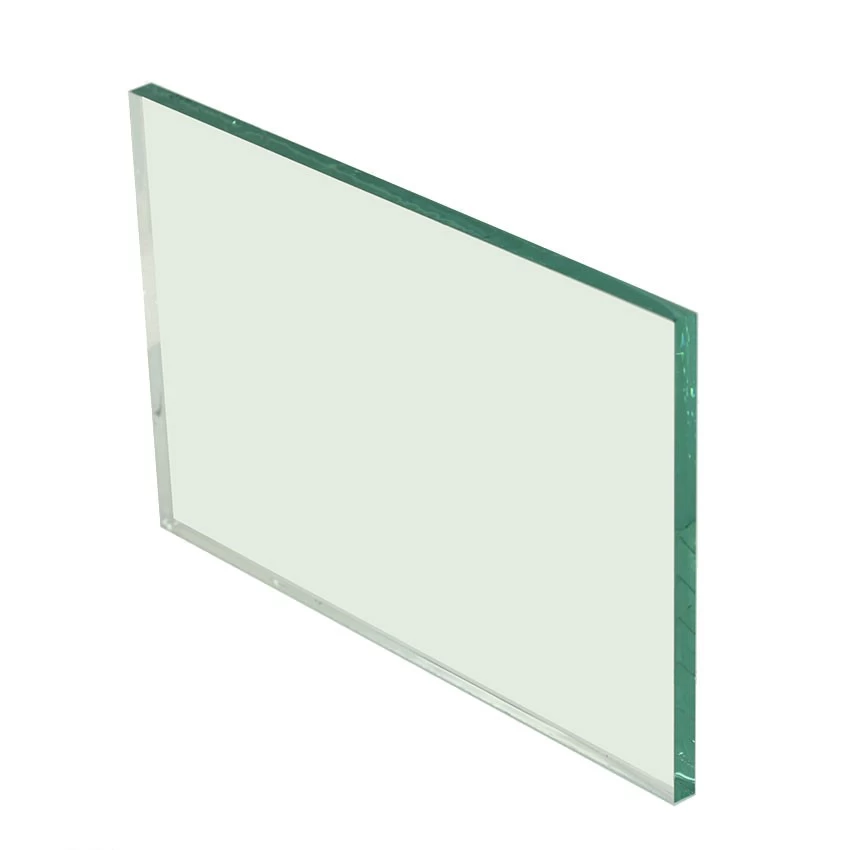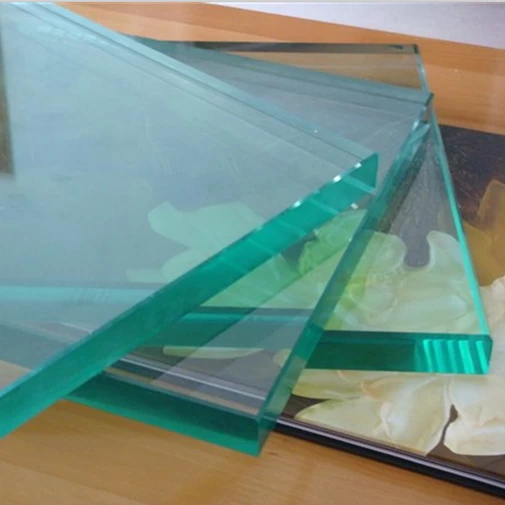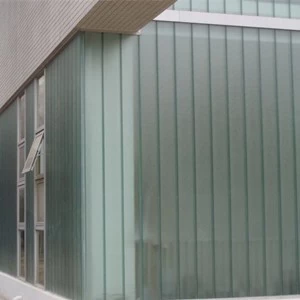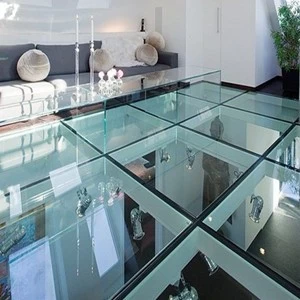The effect of Low-E glass installed in doors and windows!
Jimy Glass
orginal
2017-11-19 15:14:21
Good windows and doors have a good glass. Low-E glass is the low emissivity glass, which is have coated on the glass surface, the emissivity of the glass E rate reduced from 0.84 to 0.15 or less. Low-E glass installed on the windows and doors have what magical effect? Let's explore together:
Low-E glass features:
1. High infrared reflectivity, direct reflection of far infrared heat radiation.
2. Surface emissivity E value is low, the ability to absorb foreign energy is small, and thus re-radiated less heat.
3. Shading coefficient Sc wide range, according to the need to control the amount of solar energy to adapt to the needs of different regions.
Low-E reflective coating can reflect the thermal characteristics:
The Low-E reflective surface is coated with a metal layer that reflects more than 98% of the far-infrared heat radiation, reflecting the heat directly as a mirror reflects light. Low-E shading coefficient Sc from 0.2 to 0.7, which can be adjusted according to need direct solar radiation into the room.
Low-E glass coating process:
There are two main types: online coating, offline coating (vacuum magnetron sputtering).
In-line coated glass is manufactured on a float glass line that is single, poor in heat reflectivity, and low in manufacturing costs. Its only advantage is that it can be hot-bent.
Off-line coated glass variety, heat reflection, excellent performance, energy-saving features. The disadvantage is not hot bending process. Low-E glass can not be used off-line, can only be used synthetic glass or laminated glass
Low-E glass use features:
Winter, the indoor temperature is higher than the outdoor, far infrared heat radiation mainly from the interior, Low-E glass can be reflected back to the indoor so as to keep the indoor heat only then diarrhea. Low-E glass still allows it to enter the room for part of the solar radiation from outdoors, which is absorbed by indoor objects and then converted into far-infrared heat radiation and left indoors.
In summer, outdoor temperatures are higher than indoors, and far-infrared heat radiation is mainly from the city. Low-e glass reflects it out to prevent heat from entering the room. LOW-E glass with a low shading coefficient from outdoor solar radiation limits its entry into the room, reducing costs (air-conditioning costs).
Argon in Low-E insulated glass:
In argon is an inert gas, its heat transfer is worse than air, so filling in the insulating glass can reduce the U value of insulating glass to increase the insulation of insulating glass. For Low-E insulated glass, argon also protects the Low-E reflective coated..
Low-E glass attenuation UV function:
Low-E glass reduces UV light by 25% compared with ordinary single piece clear glass. Low-E glass reduces UV 14% compared to heat-reflective coated glass.
So if we not consider the glass cost,low-e glass or low-e laminated glass,or low-e insulated glass are the best choose for door and window.

Low-E glass features:
1. High infrared reflectivity, direct reflection of far infrared heat radiation.
2. Surface emissivity E value is low, the ability to absorb foreign energy is small, and thus re-radiated less heat.
3. Shading coefficient Sc wide range, according to the need to control the amount of solar energy to adapt to the needs of different regions.
Low-E reflective coating can reflect the thermal characteristics:
The Low-E reflective surface is coated with a metal layer that reflects more than 98% of the far-infrared heat radiation, reflecting the heat directly as a mirror reflects light. Low-E shading coefficient Sc from 0.2 to 0.7, which can be adjusted according to need direct solar radiation into the room.
Low-E glass coating process:
There are two main types: online coating, offline coating (vacuum magnetron sputtering).
In-line coated glass is manufactured on a float glass line that is single, poor in heat reflectivity, and low in manufacturing costs. Its only advantage is that it can be hot-bent.
Off-line coated glass variety, heat reflection, excellent performance, energy-saving features. The disadvantage is not hot bending process. Low-E glass can not be used off-line, can only be used synthetic glass or laminated glass
Low-E glass use features:
Winter, the indoor temperature is higher than the outdoor, far infrared heat radiation mainly from the interior, Low-E glass can be reflected back to the indoor so as to keep the indoor heat only then diarrhea. Low-E glass still allows it to enter the room for part of the solar radiation from outdoors, which is absorbed by indoor objects and then converted into far-infrared heat radiation and left indoors.
In summer, outdoor temperatures are higher than indoors, and far-infrared heat radiation is mainly from the city. Low-e glass reflects it out to prevent heat from entering the room. LOW-E glass with a low shading coefficient from outdoor solar radiation limits its entry into the room, reducing costs (air-conditioning costs).
Argon in Low-E insulated glass:
In argon is an inert gas, its heat transfer is worse than air, so filling in the insulating glass can reduce the U value of insulating glass to increase the insulation of insulating glass. For Low-E insulated glass, argon also protects the Low-E reflective coated..
Low-E glass attenuation UV function:
Low-E glass reduces UV light by 25% compared with ordinary single piece clear glass. Low-E glass reduces UV 14% compared to heat-reflective coated glass.
So if we not consider the glass cost,low-e glass or low-e laminated glass,or low-e insulated glass are the best choose for door and window.

